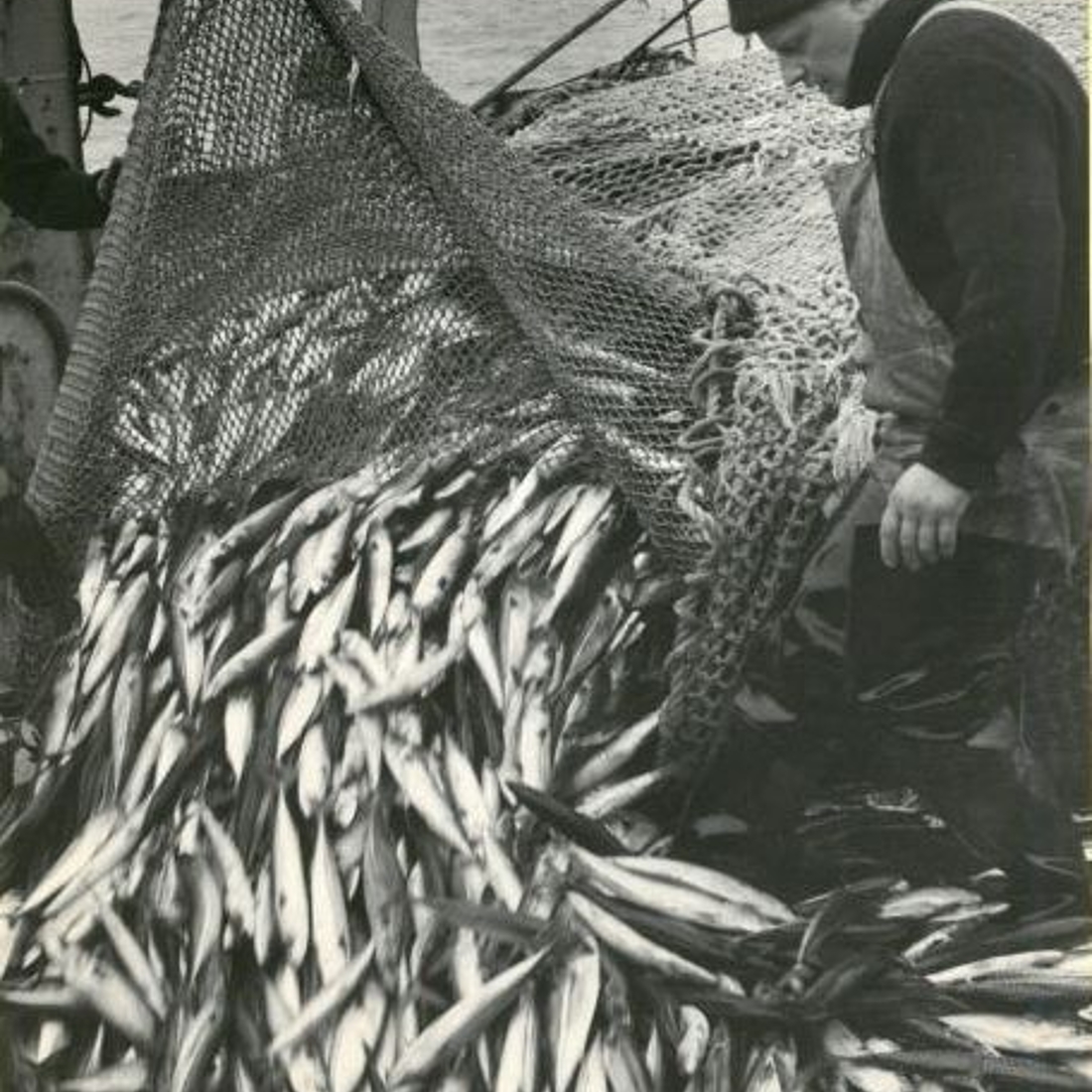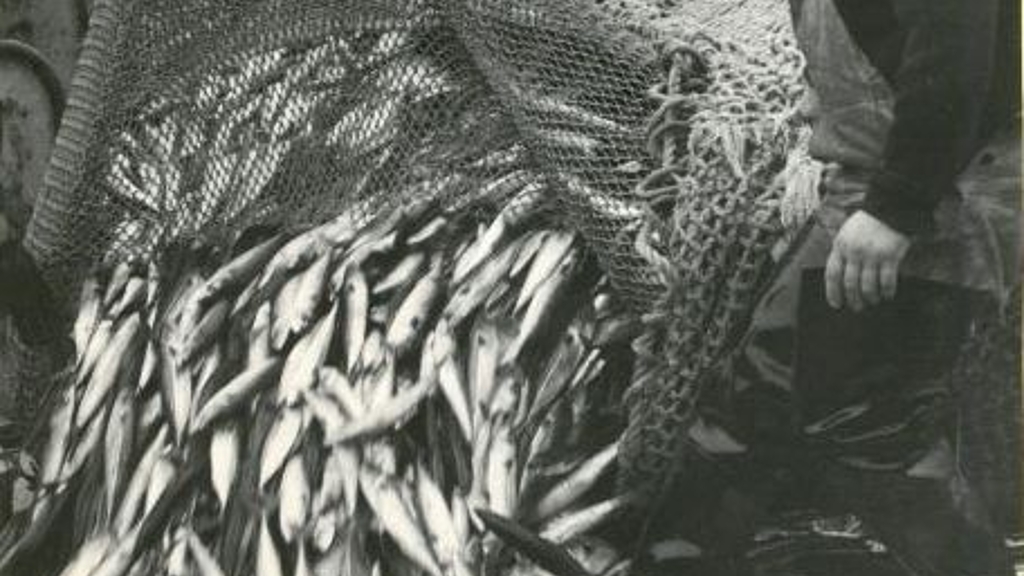Ships, resources and the underwater environment
In our new exhibition we would like to tell you not only about fishermen, whalers and their ships, but also about changes in the oceans and sustainable use of the sea.
Fishing and whaling are established themes in maritime history and have always been an integral part of maritime history exhibitions. Both topics will again be given a prominent place in the future exhibition - but we will look at the extraction of marine resources from a different perspective. In the past, the historical developments in ships and fishing and hunting techniques, as well as the social and cultural aspects of the fishing and whaling professions, were the focus of attention. Today, the oceans and underwater life play a greater role. We will not only look at the use of oceanic food reserves. We will also devote ourselves to the often utopian-looking plans for extracting mineral resources from the deep sea with very different objects: from deep-sea exploration equipment weighing several tons to manganese ore tubers in the shape of a paperweight.
More than supply and demand in the resource space ocean
In our new exhibition we show the work and life of fishermen and whalers and the impact of modern marine use on the biology of the oceans. The history of the human-sea relationship does not begin and end with the departure and return of a deep-sea trawler. It includes, on the one hand, the varying interests and needs in different historical periods and the forms of extraction and processing of marine raw materials. On the other hand, it also includes the interactions between technical feasibility and resource availability as well as the substantial changes in the underwater environment. Which of these changes must we now accept as irreversible and which forms of sustainable marine use are already in place? At the German Maritime Museum we see these as highly relevant questions of the present and the future, and we want to discuss them with our visitors.


